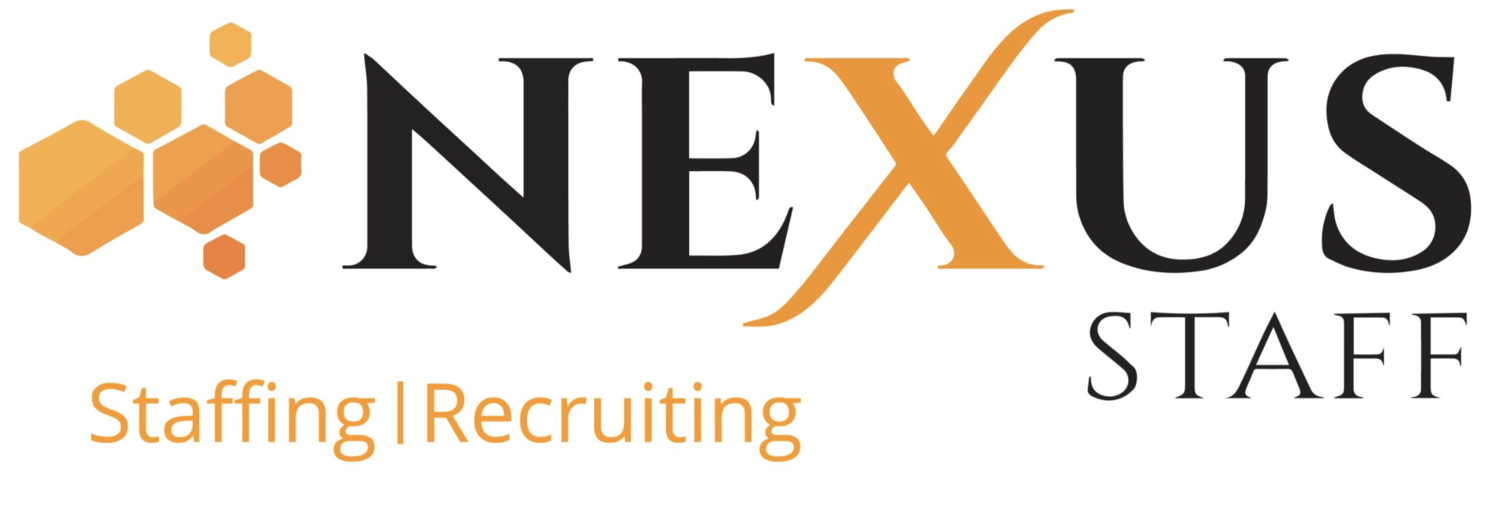Seven Tips For Compiling Your Work Into A Portfolio
Throughout your job search, you may come across potential employers that ask to see past work samples. Rather than attaching document after document to your application, putting your best work into a portfolio gives the potential employer a go-to place to find your past experiences and tangible evidence of the work you can do. Depending on your field, this might include photography, written pieces such as blogs or articles, website designs, graphic designs, or really, whatever your expertise is!
Regardless of the exact components, use these seven tips below to create the ultimate career portfolio.
Decide your medium
When creating your portfolio, the first decision you will need to make is where it will be shared. Will it be accessible online or will you be printing it out to use in person at interviews or networking events? Or, is it best to create both?
To decide, take your field and the work you want to show into consideration. While a website would certainly show off digital skills like user design, coding, and more, a tangible, printed portfolio can be used to showcase written material that has been featured in magazines or newspapers or used to show off printed photos, drawings, etc. that might be better viewed up close.
Show your personality
Today, many companies utilize hiring software such as applicant tracking systems to read through candidate hiring materials and sort through the best matches. In order to pass through the softwares, resumes and cover letters should be kept traditional, meaning you’ll want to steer away from fancy fonts, too much color, and images. On the other hand, when it comes to a portfolio, this is your chance to bring your work to life and show off your creative side! Add pictures, anecdotes, and color as you see fit.
Give context and explanation to your work
Some pieces of your work may be more straightforward than others. If you think there could be any confusion with a piece, offer an explanation. For example, if you're using past work samples from an organization others may not be familiar with, provide a brief introduction to the company and your position to give context to the work. Additionally, remember to give credit where credit is due. If you only played a role in some of the work samples rather than conducting the whole project, be sure to offer some explanation for this as well. For example, if you’re sharing social media posts, be specific as to what your role was – did you provide the photography for the pictures being posted? Write the captions? Analyze the analytics of the post? All the above?! Be specific and never take credit for work you didn’t do.
Include an “about me” section
Whether it’s a page on your website or a printed out introduction, your “about me” section is just that – all about you! Here, employers can gain some insight about you and your career journey that might not be available on your other hiring materials. When creating this page, think of it as a lengthier elevator pitch to introduce yourself. Give some background information about your past experiences, but don’t be afraid to also add some of your interests or hobbies outside of work and pictures if you’re comfortable to give it a more personal feel.
Include contact information
Don’t forget to add contact information to your portfolio for potential employers to reach you. Be sure to include your email, phone number, and even links or handles to social media networks if applicable. In the event that your portfolio is found by other potential employers, they will be able to easily get a hold of you even without your full resume.
Choose your work samples wisely
When it comes to choosing the actual work samples to include in your portfolio, choose the ones you're most proud of. The ones you worked your hardest on and the ones with the biggest pay off. Really think of the work from an outsider’s perspective. What do you think would impress your target audience the most? And what can they conclude about your work from a quick scroll or flip through? Remember – you don’t want to include too much work that won’t be looked at or overwhelm viewers.
However, you also don’t want to include not enough samples. If you’re a recent graduate or job seeker new to a field of work with little experience, don’t be afraid to make projects of your own! Redo an existing company’s website or give their social media pages a makeover. Just be sure to note in the portfolio that while these examples showcase your real expertise, the “client” you worked with is fictional.
Stay up to date
Last but not least, remember your portfolio should be a constant work in progress. Even if you are not actively using it to apply for jobs, keeping your portfolio updated with your most recent work ensures you have your biggest accomplishments all in one place. Whether it’s printing out new pages and adding them into your printed version or creating new website links and pages, having up-to-date examples of your work ensures anyone viewing your portfolio gets the most accurate depiction of your work.
Ready to submit your newly-created portfolio to the job of your dreams? Contact Nexus today to learn more about our personalized recruitment services or check out our list of available jobs. Our team of experienced hiring experts is excited to get started on finding your perfect match.






